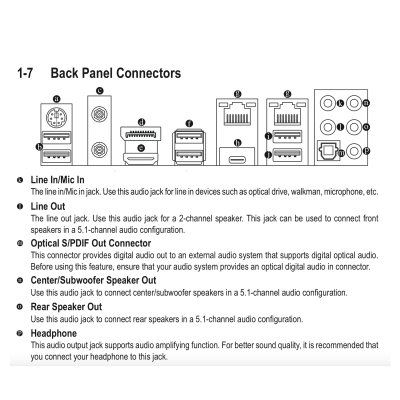I also thought about it, but I was worried that the job might be too hard for me.
I'm thinking of shifting my focus to become a programmer (or a web developer maybe), but I'm worried that my little brain won't be able to keep up. Oh well.

Change the sample rate to 96kHz with the Audio-MIDI-Setup.app. If that helps, I can force the AppleHDA to always set it to 96kHz.
The choppy sound seems to happen only when iTunes is at max volume, reducing it a bit from there seems to make the sound clear now (perhaps an EQ setting is enabled or something). Other sources (YouTube audio for instance) sound fine as well, so no worries there.
Run the GPIO_flags script while you have sound on the front headphones.
I must be doing something wrong in running the .scpt file. I get the error of "main.scptContents/macOS/hda-verb: no such file or directory" when it's looking for the hda-verb file (error comes after selecting a Bit from the GPIO tool).
Here a new .AML and GPIO-tool
I'm able to run the GPIO tool separately though, and here are my results. I'm assuming you want the results from the 1st Line-Out option of the top bar, where the front headphone jack is working, but can provide results for the other 2 Line-Out options as well if you like.
Using the new SSDT-ZxRi.aml without the GPIO tool, here are the results:
- 1st Line-Out option from top bar = Fully working sound on Front Headphone port, static noise on Line-Out port.
- 2nd Line-Out option from the top bar = Fully working sound on C/Sub port, static noise on Line-Out port.
- 3rd Line-Out option from the top bar = Fully working sound on Rear Speakers port.
Using the new SSDT-ZxRi.aml and the GPIO tool, here's what I got:
- Bit0 = fully working sound on C/Sub port and Front Headphone port at the same time
 . Static noise on Rear Headphone port.
. Static noise on Rear Headphone port.
- Bit1 = No sound. Very low volume of music coming out of the C/sub port (when placing the speakers to my ears).
- Bit2 = No sound at all from any port.
- Bit3 = Again very low volume music output from the C/Sub port. Static noise on Line-Out port.
- Bit0+3 = fully working sound on C/Sub port and Front Headphone port. Static noise on Line-Out port.
- Bit0+2+3 = fully working sound on C/Sub port and Front Headphone port. Static noise on Line-Out port.
- All_on = fully working sound on C/Sub port and Front Headphone port. Static noise on Line-Out port.
That's an amazing progress! Mic ports (both rear and front) still work too. I'm personally content with this (at least one rear port and one front port working), but if you wish to explore it further in the sake of improving the Hackintosh experience for all those with this codec, I'm all for it!


